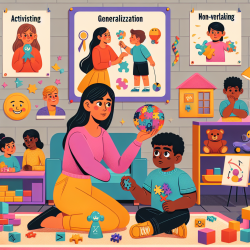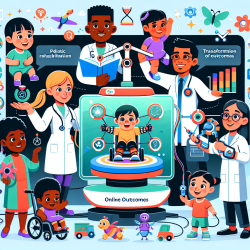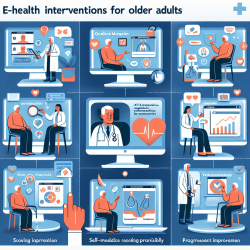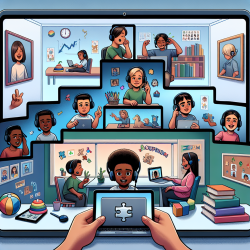The aging population presents unique challenges and opportunities for audiologists and speech-language pathologists. The research article, Being Part of the Solution: An Epilogue Commentary, by Arlene J. Carson and Usa M. Dillon, provides valuable insights into how we can improve services for seniors experiencing hearing loss. This blog aims to distill key lessons from the research and encourage further exploration into this critical area of healthcare.
One of the core themes of the research is the importance of community-based models in delivering audiological services to seniors. Traditional clinic-based models often do not meet the needs of the aging population, particularly those who are hard of hearing. The article highlights several innovative programs that have successfully addressed these challenges through collaboration and client-centered approaches.
Here are some key takeaways for practitioners looking to enhance their skills and services for seniors:
- Embrace Community Collaboration: Successful programs involve partnerships between audiologists, volunteers, public health units, and consumer groups. These collaborations not only extend the reach of services but also bring in diverse perspectives and resources.
- Utilize Senior Volunteers: Engaging senior volunteers, especially those who are hard of hearing, can be a powerful way to deliver services. Their lived experiences and empathy can make a significant difference in the lives of clients.
- Adopt Client-Centered Approaches: Moving away from traditional models where the client is a passive recipient of services, adopting a more client-centered approach ensures that services are tailored to the unique needs and goals of seniors.
- Innovate Service Delivery: On-site support, the use of assistive listening devices, and reaching out to seniors in community centers and care facilities can significantly improve the accessibility and effectiveness of audiological services.
- Focus on Education and Training: Educating seniors, caregivers, and the community about hearing loss and available services is crucial. Additionally, audiologists should seek out training in geriatric audiology to better meet the needs of this population.
The research underscores the changing role of audiologists and speech-language pathologists in meeting the demands of an aging population. By adopting innovative service delivery models, focusing on client-centered care, and fostering collaborations, practitioners can significantly improve the quality of life for seniors with hearing loss.
As we look to the future, it's clear that being part of the solution requires a willingness to adapt and innovate. Whether you're a seasoned practitioner or new to the field, there's always room to grow and improve our services for the aging population. For those interested in diving deeper into the research and its implications, I encourage you to read the original research paper.
To explore more about innovative approaches in audiological services for seniors, please follow this link: Being Part of the Solution: An Epilogue Commentary.










